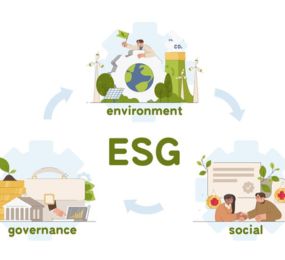Mitigating climate risks is essential for building resilience and adapting to the impacts of climate change. By implementing effective strategies and best practices, businesses and communities can minimize the negative consequences of climate-related events and promote sustainability and resilience.
One of the best practices for mitigating climate risks is to conduct comprehensive risk assessments to identify and understand the potential impacts of climate change on operations, assets, and communities. By assessing vulnerabilities and exposure to climate-related hazards, organizations can develop informed strategies to reduce risks and enhance resilience.
Another key practice is to integrate climate considerations into decision-making processes and long-term planning. This includes incorporating climate risk assessments into business strategies, investment decisions, and infrastructure planning to ensure that climate-related risks are adequately addressed and managed.
Investing in climate-resilient infrastructure and technologies is essential for building resilience to climate change impacts. This may involve implementing measures such as green infrastructure, flood defenses, and resilient building designs to protect assets and communities from extreme weather events and other climate-related hazards.
Promoting stakeholder engagement and collaboration is also critical for effective climate risk mitigation. By working with local communities, governments, and other stakeholders, organizations can leverage collective expertise and resources to develop and implement climate resilience strategies that benefit all parties.
Finally, fostering a culture of sustainability and innovation is essential for long-term resilience and adaptation to climate change. By adopting sustainable practices, reducing greenhouse gas emissions, and embracing innovation and technology, businesses and communities can reduce their carbon footprint and build a more sustainable and resilient future.
In conclusion, mitigating climate risks requires a proactive and holistic approach that integrates climate considerations into decision-making processes, invests in resilient infrastructure and technologies, promotes stakeholder engagement and collaboration, and fosters a culture of sustainability and innovation. By implementing these best practices, businesses and communities can build resilience and adapt to the impacts of climate change, ensuring a more secure and sustainable future for all.
To register or learn more about the Forum please check here: https://www.leadventgrp.com/events/world-esg-and-climate-summit/details
For more information and group participation, contact us: [email protected]
















